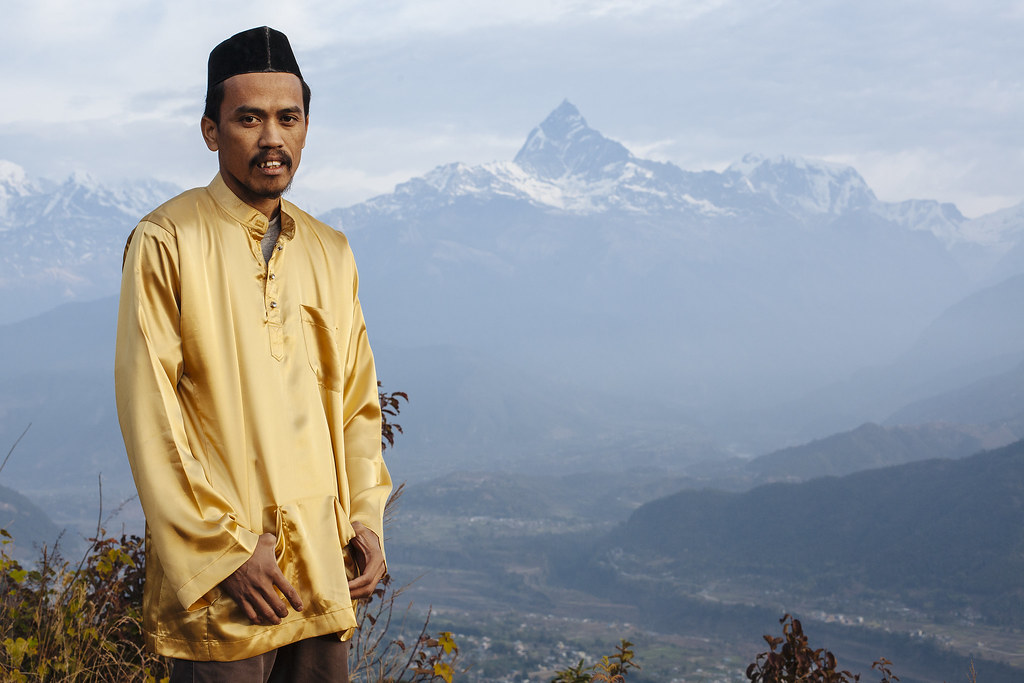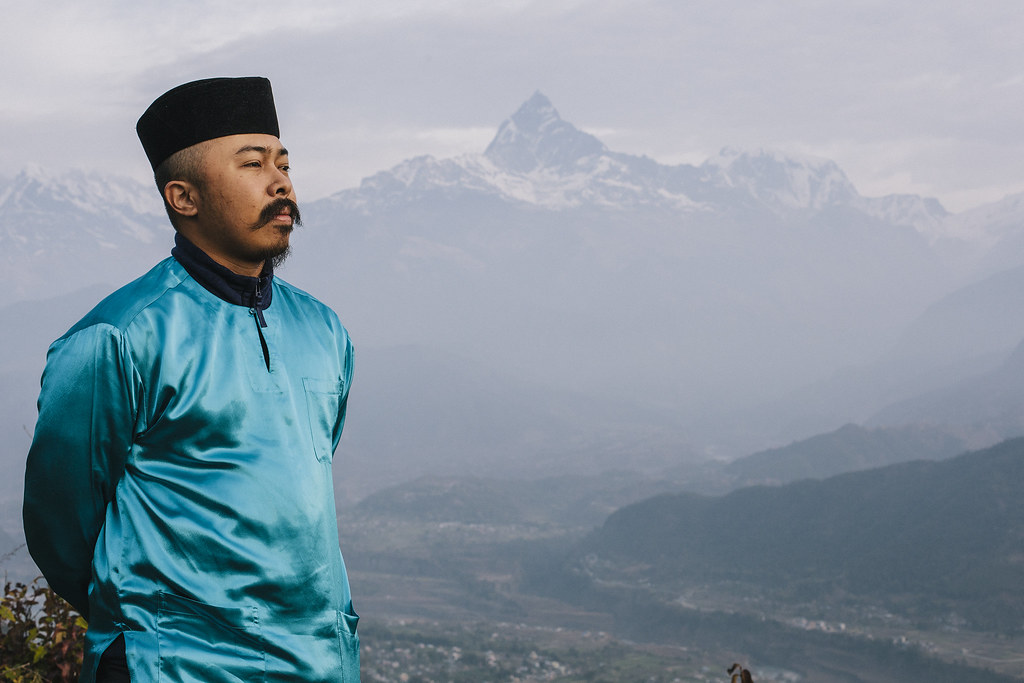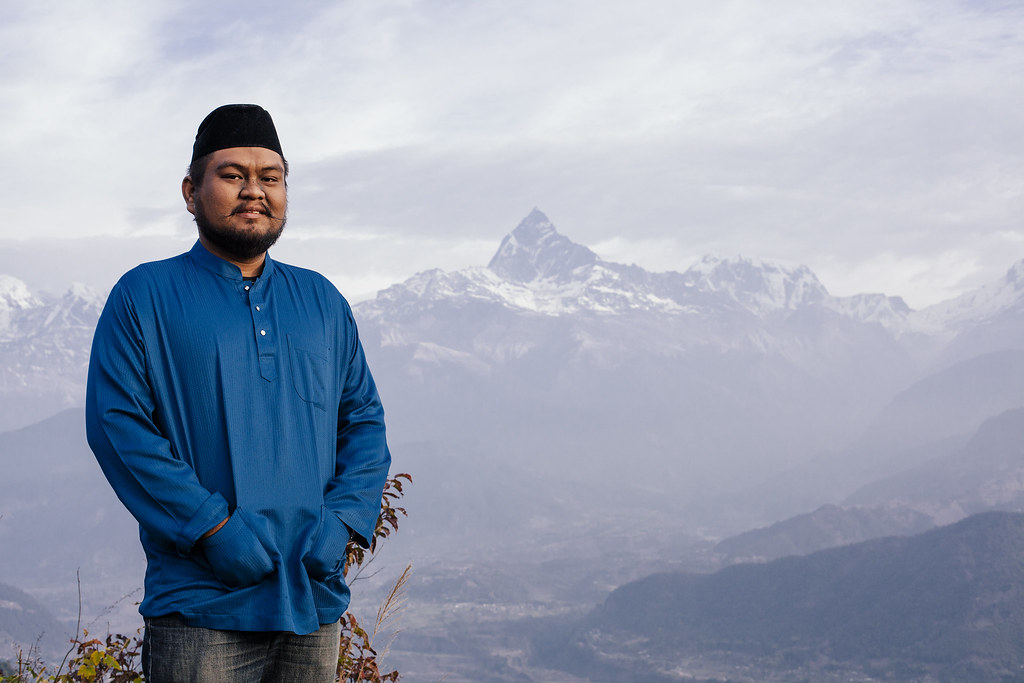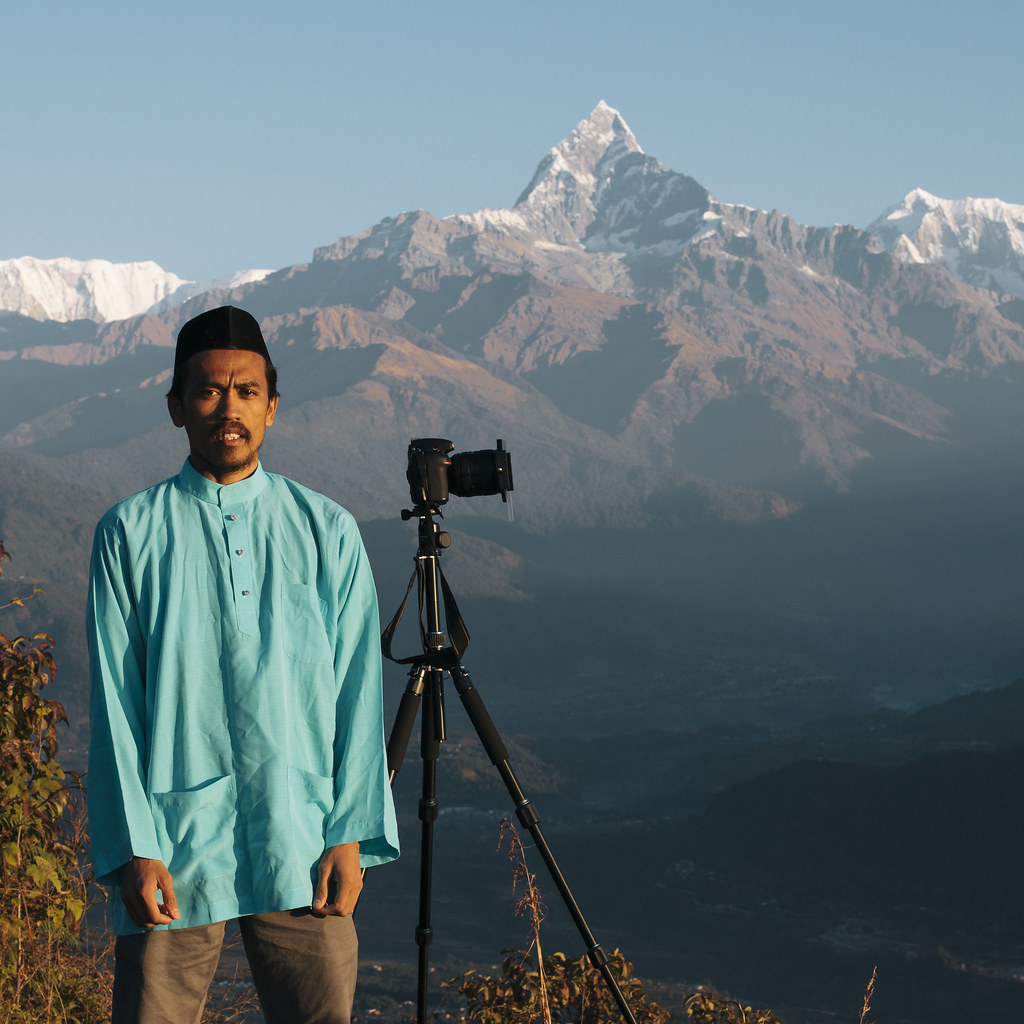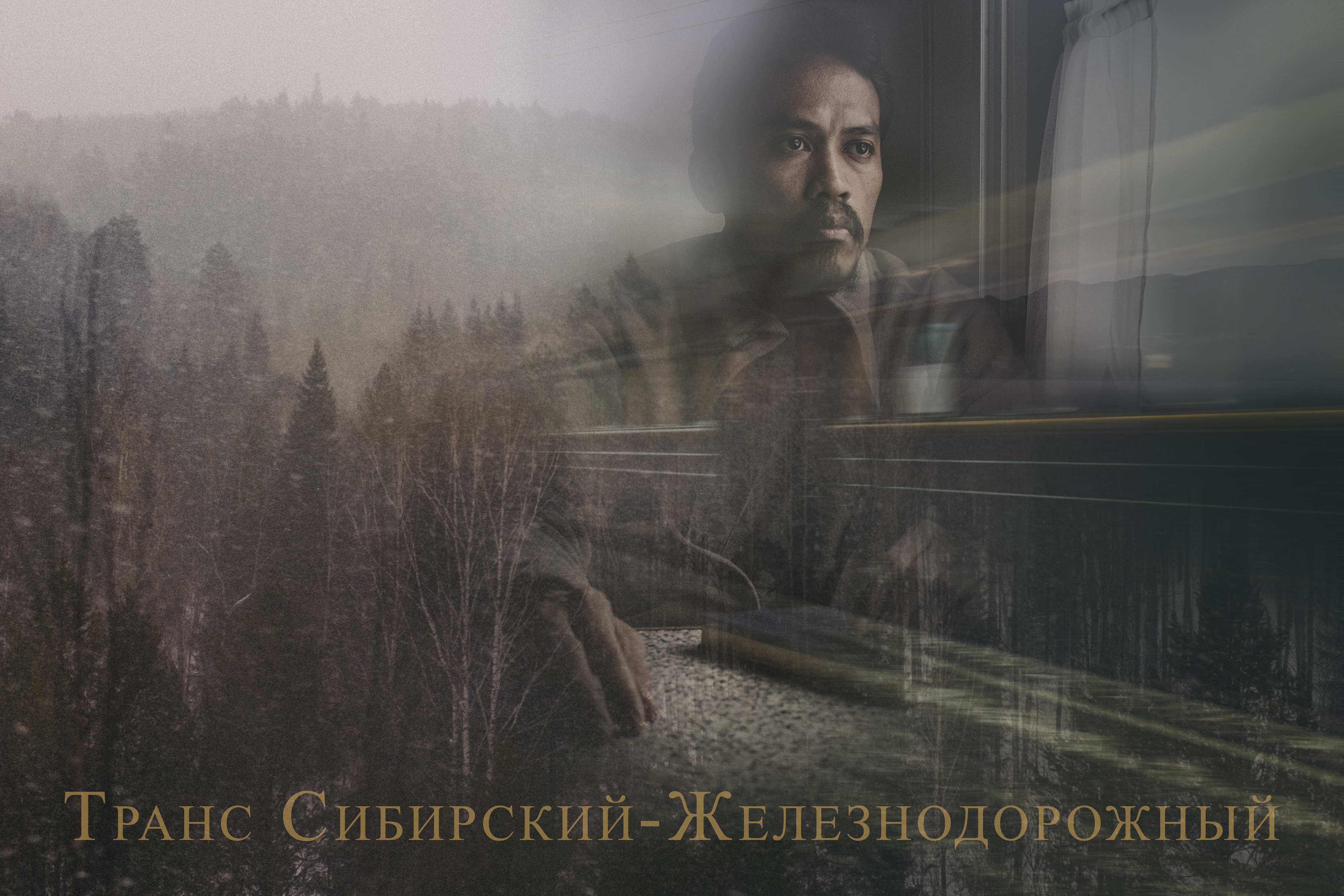Travel and Photography | Portraiture at Pokhara With Traditional Malay Outfit | Baju Melayu
© 2014 Wazari Wazir | Self Portrait Against The Himalayan Region
© 2014 Wazari Wazir | Rade Knoxville | Annapurna Range in The Background
© 2014 Wazari Wazir | Shukur Jahar | Annapurna Range in The Background
Baju Melayu is a traditional Malay outfit for men. It literally translates as ‘Malay Shirt’ and consists of two main parts. The first being the baju (long sleeved shirt) itself which has a raised stiff collar known as the ‘cekak musang’ collar (literally fox’s lease). The second part is the trousers. The two parts are made out of the same type of fabric which is usually silk, cotton, or a mixture of polyester and cotton.
A skirt-type adornment is also commonly worn with the Baju Melayu, which is either the “kain samping”, made out of songket cloth or the kain sarung, made out of cotton or a polyester mix. Both are loops of fabric which are folded around the wearer’s waist. A jet-black or dark coloured headgear called the ‘songbook’ can also worn to complete the attire. – WikiPedia –
© 2012 Wazari Wazir | Self Portrait Against The Annapurna Range | November 2012
Actually the ideas of wearing this traditional outfit was first mooted since 2009, when me and some of my friends planning to visit India. We wanted to take our self photograph with the traditional outfit against the Taj Mahal but I didn’t bring the attire, only Ahmad Shukri did.
Anyway the idea is to get our self photograph against any iconic landmark of a certain places where ever we travel. Since the outfit doesn’t take so much space in our backpack, so I think it is a good idea to bring it, whenever we travel. Yes it can be cold up here at Sarangkot but it doesn’t take long to change our normal down jackets to this traditional outfit.
I think once n awhile it is good to let loose and have some fun. Enjoying ourselves instead of focusing on taking pictures. We are among the last tourist to leave this place. After we had enough photograph of the Fish Tail Mountain, have a cup of hot Coffee, enjoying the view, take photograph of each others, then only we leave this place. Most tourist leave this area as early as 7:30 Am after watching the sunrise, others leave at 8 AM and we leave this area around 9:30 Am, before proceed to our hotel near Phewa Lake.
